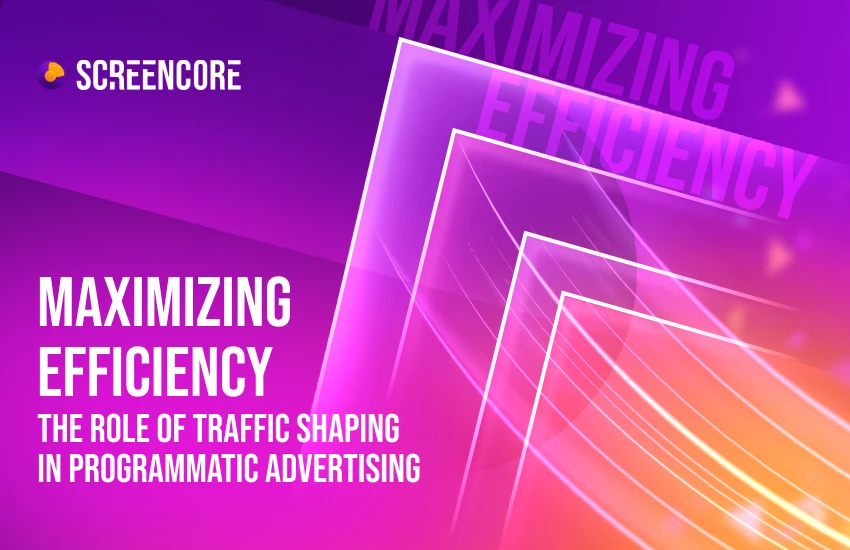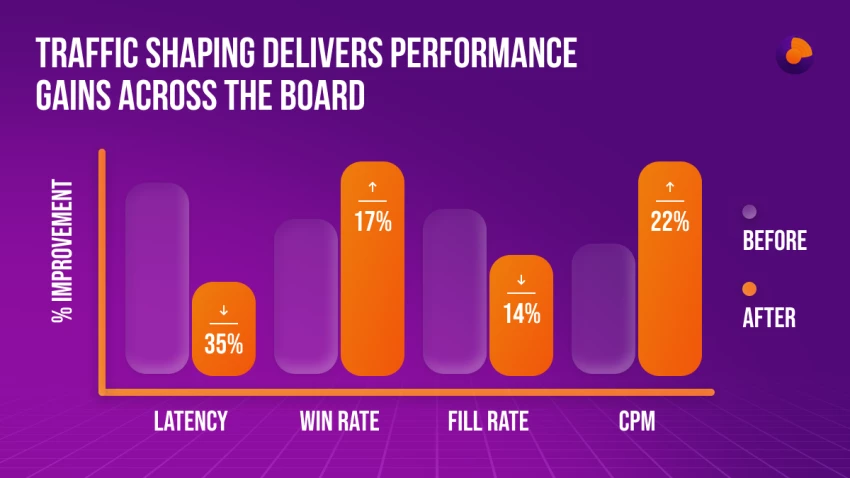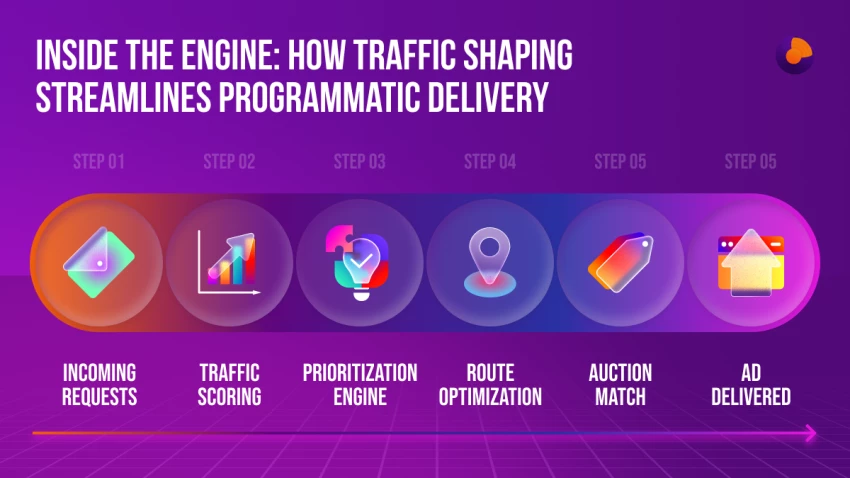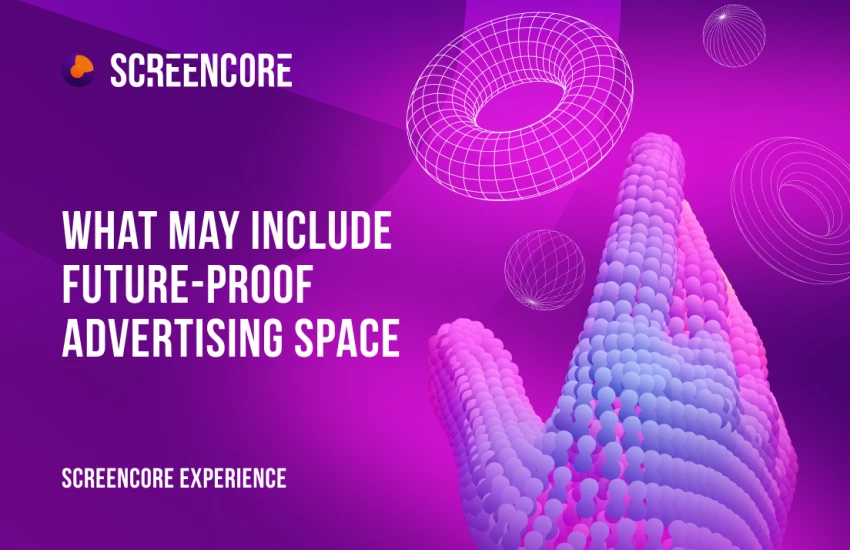Maximizing Efficiency: The Role of Traffic Shaping Tools in Programmatic Advertising

In today’s fast-moving digital ecosystem, programmatic advertising is no longer just about automation — it's about control, speed, and precision. As the volume of digital inventory grows, and the demand for results intensifies, advertisers are asking harder questions:
Where’s my ad going? Is it reaching the right user? Is this the best possible path?
Enter: traffic shaping tools — an emerging force helping redefine what programmatic efficiency really means.
What Is Traffic Shaping and Predictive Ad Optimization in Programmatic Advertising?
Traffic shaping refers to the use of real-time algorithms to prioritize, route, and optimize ad requests before they even hit a DSP (demand-side platform). In simple terms, it’s like giving your best inventory the express lane — ensuring the most valuable impressions are surfaced faster and smarter.
These tools analyze data signals such as user behavior, contextual relevance, latency, floor price dynamics, and real-time demand fluctuations.
This enables platforms to serve fewer, better ad requests — reducing clutter, improving win rates, and preserving user experience.
If you’re interested in learning how this works across the programmatic landscape, check out how programmatic ad buying is being reinvented in a new era of advertising.
Why Efficiency Matters More Than Ever in Real-Time Media Buying
For years, programmatic promised scale — and it delivered. But that scale came at a cost:
bloated supply chains, redundant auctions, slow load times, and billions of wasted impressions.
Now, as advertisers shift toward performance-first strategies, tools like traffic shaping are the answer. They bring higher match quality, reduced infrastructure waste, more accurate CPMs, and faster decision-making.
And most importantly — better campaign outcomes.

Programmatic has matured: From blind buying to curated control.
From Quantity to Quality: Why Traffic Optimization Beats Scale
Traditionally, publishers flooded the open auction with requests, hoping to find a buyer somewhere in the stream. But with traffic shaping, they can now pre-filter inventory, only sending impressions that meet quality thresholds — both technical and strategic.
This doesn’t just lighten the load. It improves relevance.
Instead of “spray and pray,” we move toward signal-rich supply paths — where each impression is scored for context, user intent, and bid probability. That means fewer lost bids, fewer mismatched impressions, and better returns.
How Traffic Shaping Improves Impression Scoring for Better Campaign Outcomes
At Screencore, we’ve integrated real-time demand intelligence and predictive logic into our infrastructure. Our traffic shaping engine routes impressions based on:
- Format fit (CTV, mobile, audio, native)
- Buyer behavior patterns
- Latency performance
- Contextual alignment
- Floor price thresholds
This ensures advertisers only see inventory that has a high likelihood of performing, and publishers don’t lose revenue to unnecessary bid clutter.
By shaping traffic at the source — before it even reaches the buyer — we help both sides win.
The Benefits for Advertisers: Optimizing Ad Performance Through Smart Ad Routing
For brands and media buyers, this translates into a cleaner, clearer buying environment:
- Faster bid responses
- Lower auction timeouts
- Higher engagement per impression
- Improved visibility into what’s actually working

Why curated programmatic consistently outperforms the open marketplace.
And because Screencore supports transparent, RTB-driven buying with immersive formats (CTV, in-app video, native, audio), every shaped impression is ready to deliver attention — not just visibility.
The Benefits for Publishers: How Predictive Ad Optimization Enhances Inventory Monetization
Publishers also gain massive upside. By shaping traffic in real time, they:
- Improve auction density
- Increase bid depth for quality inventory
- Lower technical strain on their systems
- Gain control over pricing strategy
In other words, they reduce noise — and increase value.
Add to that Screencore’s omnichannel support, high CPM demand sources, and flexible integrations (OpenRTB, Prebid, VAST), and it becomes a recipe for more monetization with less friction.
SPO and Traffic Shaping: A Perfect Match for Real-Time Media Buying
Supply Path Optimization (SPO) is only as good as the supply itself. And without clean, pre-scored, shaped traffic, even the smartest SPO logic can fall short.

How curated supply paths are built — from signal to screen.
That’s why we see traffic shaping as the fuel that powers smarter SPO — ensuring buyers aren’t just optimizing paths, but optimizing what travels those paths in the first place. It’s not just about reducing hops — it’s about surfacing what matters.
Learn more about how traffic shaping and SPO work together to improve programmatic buying.
Rethinking Efficiency Metrics
In the past, programmatic success was measured by CPMs, fill rates, and viewability. Today, attention is the real currency. And traffic shaping supports this evolution. By sending only the impressions most likely to convert, engage, or be remembered, platforms like Screencore help brands spend smarter, not just bigger.
The Future Is Shaped in Real Time
As programmatic becomes more intelligent and less chaotic, tools like traffic shaping will become table stakes. They’ll separate platforms built for performance from those stuck in the past.
At Screencore, we're not just optimizing pipes — we’re redesigning how the flow works. Because every impression deserves the right path — and every campaign deserves better than average.
👉 Ready to reshape your programmatic strategy? Experience the power of traffic shaping firsthand. Get a personalized demo or reach out to us today.

